Every time we get a question about fitment between grips and risers, it’s a chance to pull back the curtain on the process we follow when adapting an RCore grip to a new riser model. One of those opportunities came in a recent email from Christoph – so let’s dive into it!
When designing a grip for a new riser, the top priority is to preserve the original design feel – the way your palm meets the grip, the thumb placement, and the overall ergonomics you’ve come to expect from an RCore grip.
The pivot point – which is usually aligned under the first Berger hole – must match the riser’s geometry exactly. This ensures consistency in how the bow behaves and feels. Even if the riser has a more aggressive deflex or unusual dimensions, the pivot stays put.
Risers differ in their top flange shape and length, and that affects how the grip integrates visually and physically. We don’t want awkward gaps or exposed metal edges. So, we fill the surrounding area to blend the grip into the riser seamlessly, while keeping everything comfortable.
This is why, for example, the grip made for the Mybo riser has a thinner thumb ridge. The Mybo’s flange is longer, and we needed to fill more space — while still aligning the pivot point where it belongs. The result? A sleeker, but fully functional thumb groove.
(example shown on a I AM – Barebow by Jake Kaminski design)
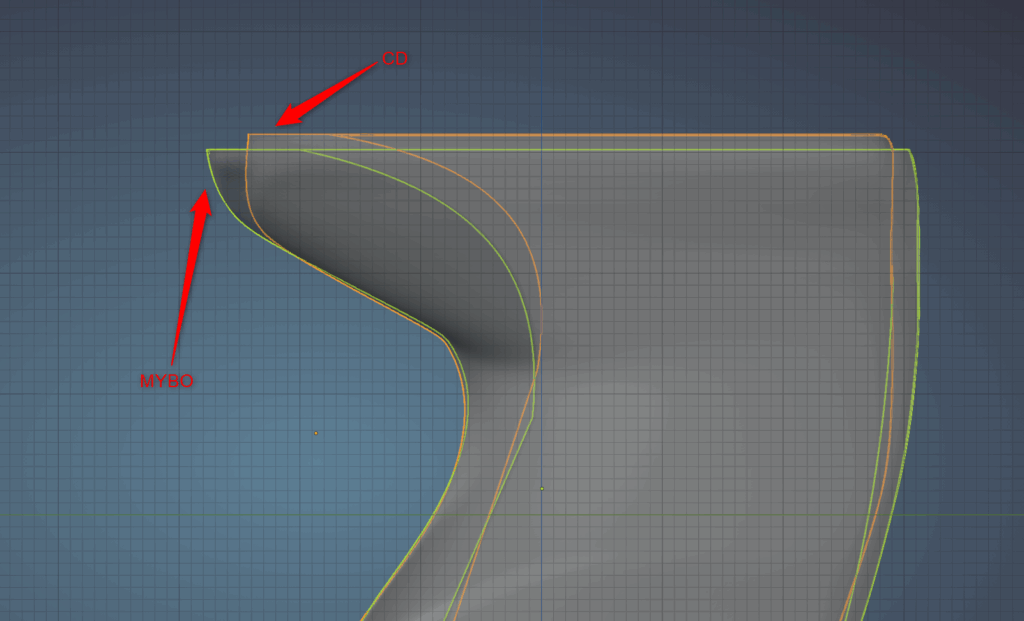
Another subtle but important factor: interface length. The CD riser has a much shorter interface compared to the Mybo riser, which influences the overall length (height?) of the grip. Notable examples of short interfaces are the CD risers and the newer Spigarellis that have a pretty short grip interface area. Especially the Spigarelli seems to be a 180 degrees turn on their older grips which are the longest grips we’ve ever come across !!
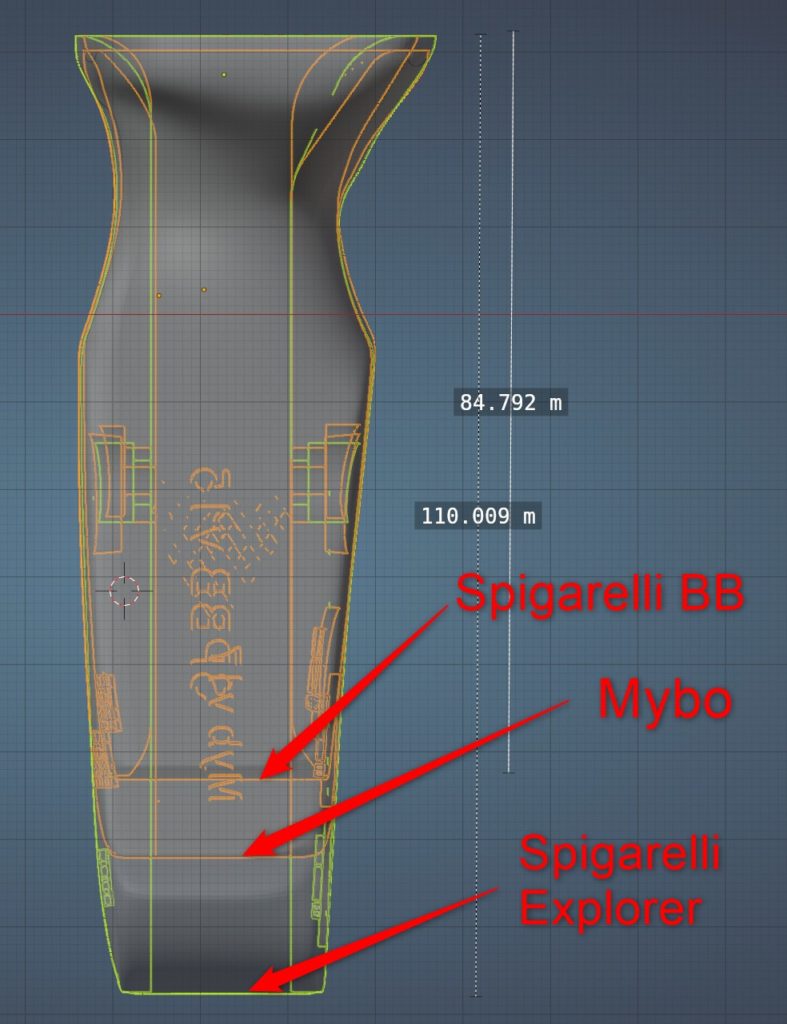
Some users notice a visual difference in the anti-slip texture – especially when comparing the “surfboard” pattern to the “pyramidal” one. But while the surfboard texture may cover a slightly larger area, the overall grip geometry remains unchanged.
All variations are derived from a single “mother” grip – a core design that we adapt subtly for each riser. The goal? Preserve the riser’s center shot and pivot point alignment, while ensuring the fit is precise and the feel is consistent.
Every RCore grip is designed to feel like an RCore grip — no matter the riser. If something still feels off or doesn’t quite meet your expectations, we’re always happy to hear about it and take it into account.
Thanks again, Christoph, for the great question!

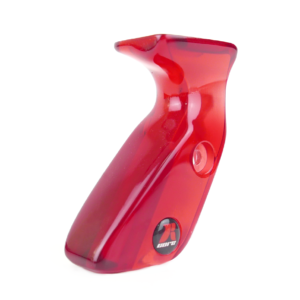
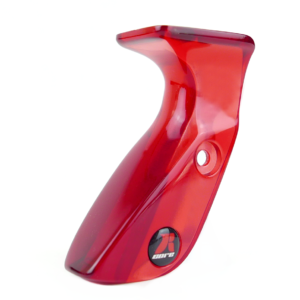
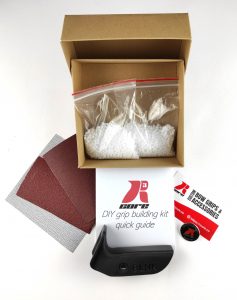
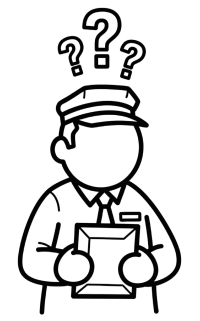
Starting August 29th, the U.S. government may apply import tariffs on certain lower-valued packages shipped to the United States. These tariffs, duties, or taxes are determined and imposed by U.S. customs authorities and are not included in the purchase price or shipping cost.
Please note that any such fees will be the responsibility of the customer upon delivery. We recommend reviewing your local customs regulations for more information.
Thank you for your attention to this matter